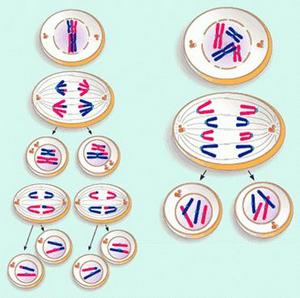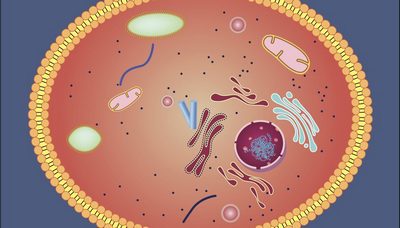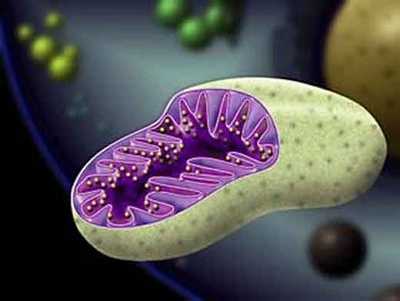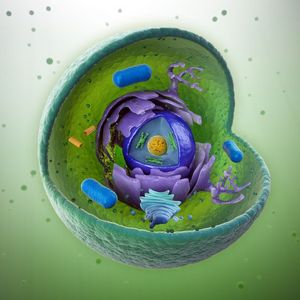Mitosis vs Meiosis: Differences and Similarities

There are many interesting and confusing topics in the multifaceted science of biology. One of them is the ways of cell division: mitosis and meiosis. At first look, there is a similarity between mitosis and meiosis – cell division occurs there and there, but at the same time there are significant differences between them. So, how is meiosis different from mitosis? In order to answer this question, first of all, let’s find out: what is mitosis and what is meiosis.



